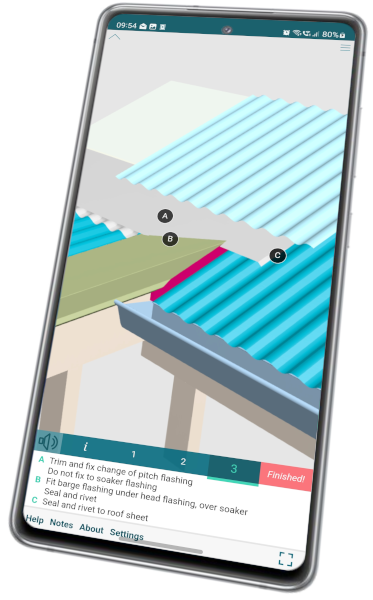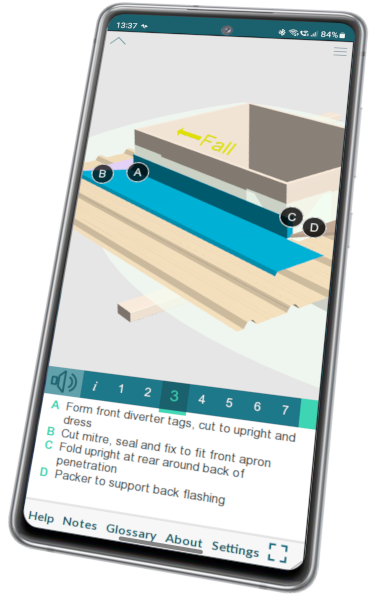The NZ Metal Roof and Wall Cladding Code of Practice (COP) is published by NZ Metal Roofing Manufacturers Inc. (MRM), to provide:
- acceptable trade practice for fixing metal roofing, metal wall cladding, and accessories,
- prescriptive detailing for designers, and
- sets a benchmark for the standard of detailing and workmanship required over and above that required to comply with the NZBC.
The COP does not describe or dismiss alternative methods, which may need specific acceptance by the Building Consent Authorities.
It is published in accordance with current technology, materials, and building codes. The COP will be periodically updated to reflect changes in legislation and standards or improvements in technology and available materials.
The most current Code of Practice is available on the MRM website, www.metalroofing.org.nz/cop, as Code of Practice Online (MRM COP Version 24.12).
The latest update to the NZMRM Metal Roof and Wall Cladding Code of Practice, v24.12 was published on 1 December 2024.
Substantial change to recommendations:
- 3.11.3 Aluminium Cladding Wind Load Span Graphs
Only 0.90 mm Aluminium is now offered as a standard thickness. - 3.7.2 Deflection
Added the statement: "Temporary deflection under load is not considered for roof load tables as it has not been found to affect weathertightness. Temporary deflection under load of wall cladding is a recommended limitation for aesthetic reasons, but it is not mandatory." - 3.10.2 Maximum Spans and Fastening Pattern for Corrugate Wall Cladding
Changed "span/120 + P/20" to "span/120 + P/30" - 5.6.3 Overflows
Changed the recommended cross-sectional area of a scupper to align with the BRANZ recommendation. - 5.4.5.1 Internal Gutter Design Features
Added a recommendation to align with Overflows, for the cross-sectional area of a scupper to be 1½ times that of the downpipe. - 5.5.6 Asymmetrical Valleys
Changed recommendation to: "A valley baffle is required in all cases where the valley has a change of angle or difference in roof pitch exceeds 10°."
Notable Editing and rearrangement:
- 5.5.1 Valley Fixing
- Rearranged layout.
- Clarified statement about positive (through) fixing.
- Replaced the old illustration for Clip System with Correct Valley Fixing, Allowing for Thermal Movement
- Added illustrations for Valley Junction at the Apex.
- 10.11.1 Underlay Standards
Moved this clause to 10.11 Underlay for continuity and relevance. - 9.4.2.6 Penetration Flashings on Trapezoidal Profiles
Updated 9.4.2.6F Cricket Under-Soaker: Trapezoidal the cricket covering the penetration apron.
The rest of the updates consisted of minor corrections and edits. For a detailed list of revisions, please visit 19.2 v24.12 December 2024.


